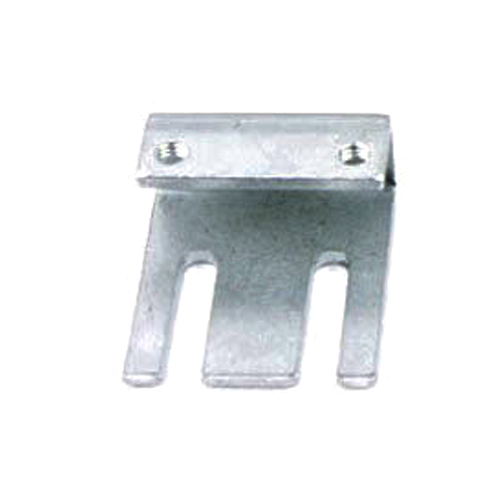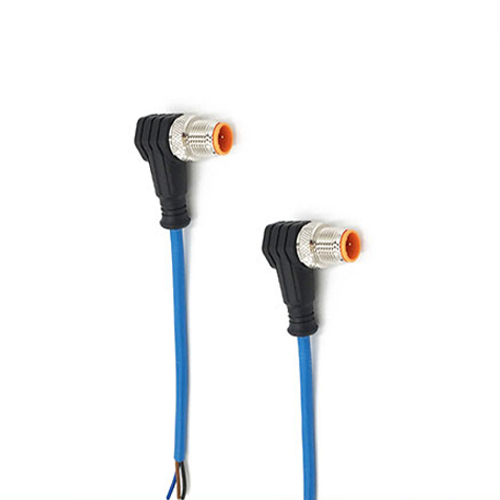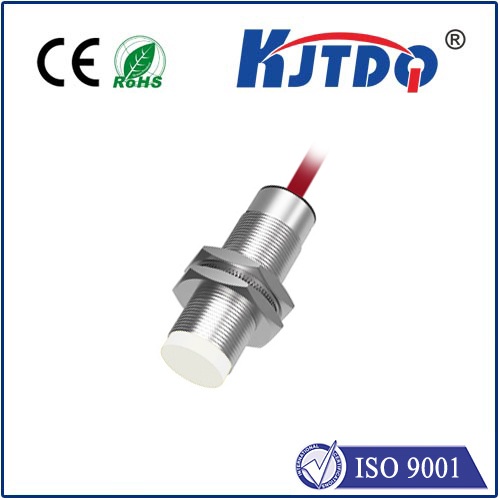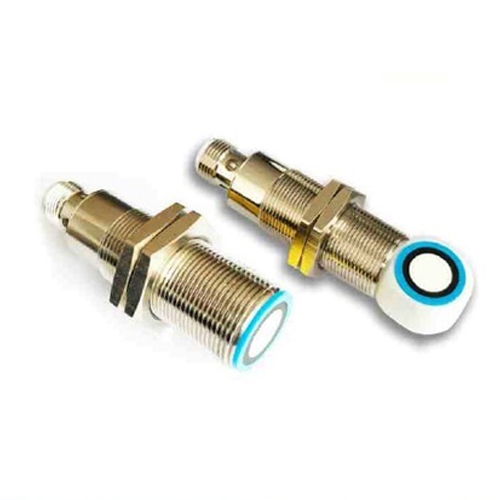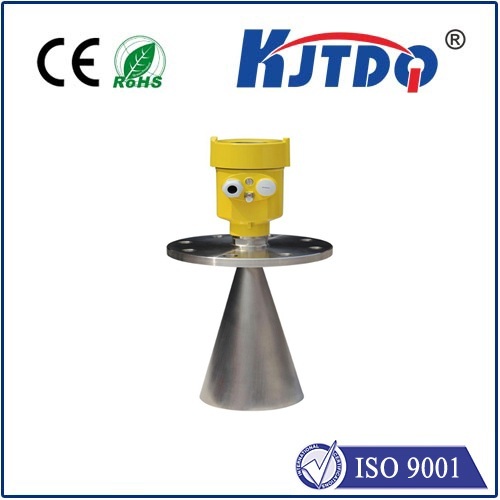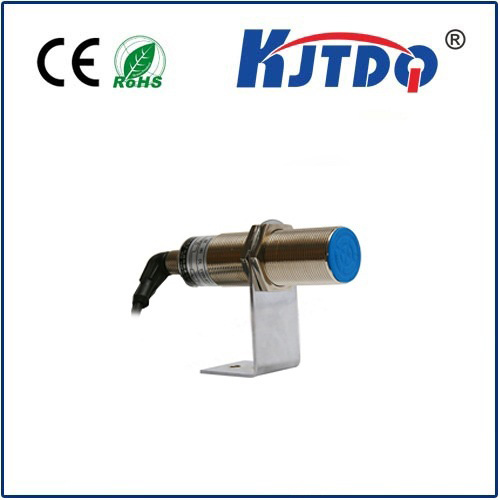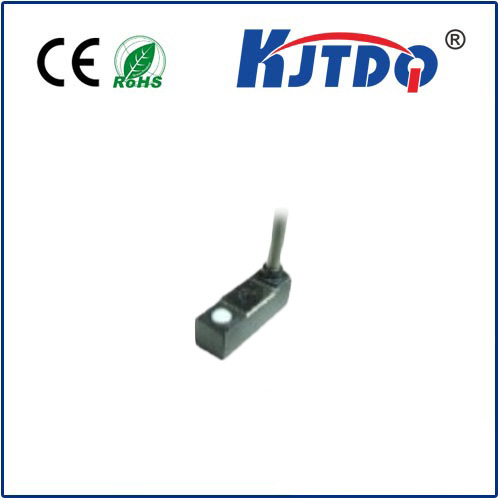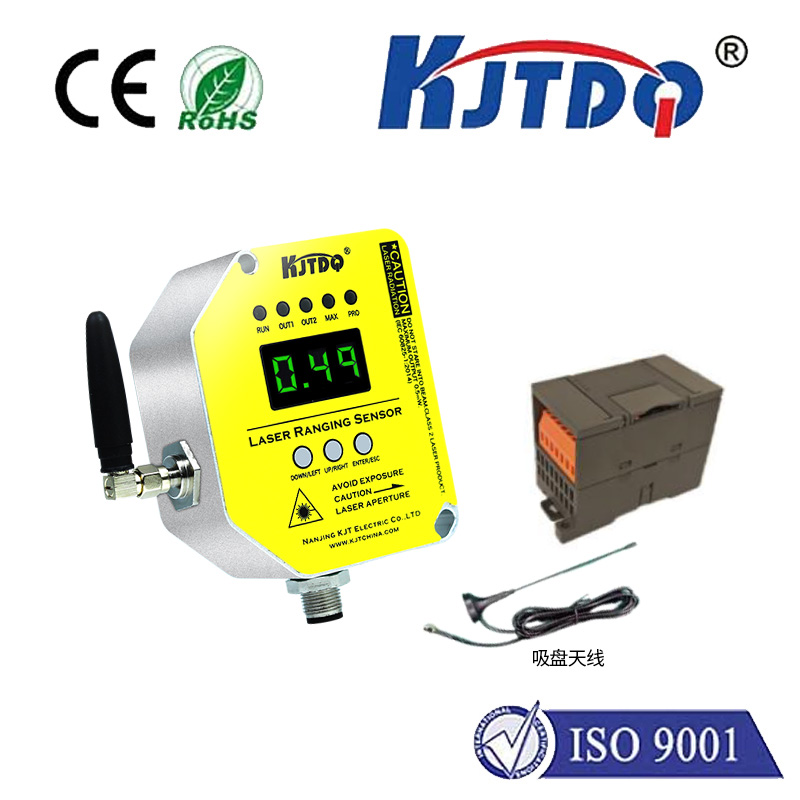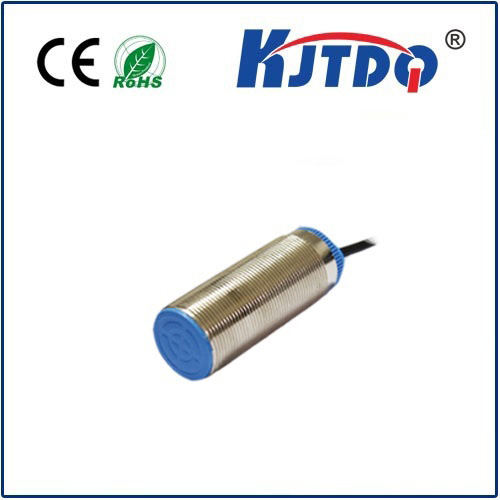micro detectors proximity sensor
- time:2025-06-13 01:42:27
- Click:0
Micro Detectors Proximity Sensors: The Invisible Guardians of Modern Automation
Imagine a world where machines operate flawlessly, robotic arms move with millimetric precision, and safety systems activate instantaneously – all without physical touch. This isn’t science fiction; it’s the reality enabled by the unsung heroes of industrial automation: Micro Detectors Proximity Sensors. These compact, robust electronic sentinels silently monitor the presence or absence of objects, revolutionizing efficiency, safety, and reliability across countless applications. Understanding their operation and capabilities is key to unlocking smarter, faster, and more secure automated processes.
What Exactly Are Micro Detectors Proximity Sensors?
A proximity sensor, fundamentally, is a device that detects the presence of an object within a specific range without requiring physical contact. The term “Micro Detectors” often specifically refers to a renowned manufacturer known for its high-quality industrial sensors, including a comprehensive range of proximity sensors. These sensors excel in detecting metallic or non-metallic targets reliably, even in challenging industrial environments characterized by dust, oil, vibration, and temperature fluctuations. Their core strength lies in non-contact sensing, eliminating mechanical wear and enabling incredibly fast response times.

The Core Principles: How Do They “See”?
Proximity sensors operate primarily on two fundamental physical principles, defining their type and application suitability:
- Inductive Proximity Sensors: These are the workhorses for detecting metallic objects (ferrous metals like steel, or non-ferrous like aluminum or copper). They contain a coil that generates an oscillating electromagnetic field. When a metallic target enters this field, it induces eddy currents within the metal. This interaction absorbs energy from the oscillator circuit, reducing its amplitude. The sensor’s internal circuitry detects this amplitude change and triggers a solid-state output switch (like an NPN or PNP transistor). Key advantages include incredible durability, immunity to dirt/oil/water (provided suitable IP ratings), and high switching frequencies.
- Capacitive Proximity Sensors: These versatile sensors can detect almost any material, including metals, plastics, glass, wood, liquids, powders, and granular substances. They function similarly to inductive sensors but generate an electrostatic field instead. When any object (conductor or non-conductor) enters this field, it alters the sensor’s capacitance. This change is detected by the internal electronics, triggering the output. Capacitive sensors are invaluable for level detection in tanks (liquids, powders), detecting non-metallic parts on conveyors, or sensing filled containers.
Key Features Defining Micro Proximity Sensors
What makes these sensors, particularly from manufacturers like Micro Detectors, stand out? Several critical features are essential for industrial application success:
- Compact Size: “Micro” isn’t just a name; miniaturization allows installation in extremely tight spaces, enabling complex machinery designs. Think intricate robotic grippers or compact assembly cells.
- High Reliability & Long Life: Solid-state electronics and non-contact operation mean no moving parts to wear out. This translates to minimal maintenance and exceptional operational lifespan.
- Robust Construction: Engineered with materials like nickel-plated brass or stainless steel housings and high-quality potting compounds, they withstand harsh conditions demanding IP67, IP68, or IP69K ratings for water and dust ingress protection.
- Fast Response Times: Switching speeds measured in milliseconds or microseconds allow detection of objects moving at high velocities, crucial for high-speed production lines.
- Multiple Output Options: Compatibility with various control systems (PLCs, robots) is achieved through different output configurations (NPN, PNP, NO, NC, Analog).
- Adjustable Sensing Range: Some models offer field-adjustable sensitivity (especially capacitive types), fine-tuning detection for specific materials or challenging environments.
- Environmental Resilience: Excellent resistance to vibration, shock, common industrial chemicals, and wide operating temperature ranges ensures dependable performance.
Where the Magic Happens: Real-World Applications
The versatility of micro detectors proximity sensors makes them ubiquitous across industries:
- Manufacturing & Assembly: Counting products on conveyors, confirming part presence before machining/assembly, verifying correct part orientation, detecting jams, monitoring robotic arm positions.
- Packaging & Material Handling: Detecting filled containers, verifying label/cap/lid presence, controlling filling levels, managing pallet stacking height.
- Automotive: Position sensing in engines/transmissions, verifying door/trunk/hood closure, robotic welding position feedback, end-of-travel detection on actuators.
- Food & Beverage: Non-contact level detection of liquids/powders in stainless steel tanks (using capacitive sensors), detecting bottles/caps/cans on filling lines, verifying tamper-evident seals.
- Pharmaceutical & Medical Equipment: Ensuring precise component positioning in sensitive machinery, verifying vial presence, monitoring actuator movements where sterility and reliability are paramount.
- Machine Safety: Used as part of safety interlocks to confirm guards are closed or hazardous areas are clear before machine start-up.
Choosing the Right Micro Proximity Sensor: Key Considerations
Selecting the optimal sensor is vital for application success. Carefully evaluate these factors:
- Target Material: Metal? Use inductive. Non-metal (plastic, liquid, wood)? Use capacitive.
- Required Sensing Distance: Different models offer different nominal sensing ranges (Sn). Ensure the chosen sensor’s range meets or exceeds the application distance, considering a safety margin. Factor in any target material variations affecting range.
- Mounting Constraints & Size: Measure the available physical space. Micro Detectors offers numerous miniature housings (threaded barrels like M5, M8, M12, M18, M30; block styles).
- Environmental Conditions: Assess exposure to water, dust, chemicals, temperature extremes, and washdown needs. Select the appropriate IP Rating (e.g., IP67 for general factory, IP68/IP69K for high-pressure washdown).
- Output Type: Match the sensor’s output (NPN sinking, PNP sourcing, Normally Open/Closed) to the input requirements of your controller (PLC, robot controller).
- Electrical Specifications: Ensure compatibility with the available power supply voltage (commonly 10-30V DC) and sufficient current sourcing/sinking capability.
- Special Requirements: Does the application need analog outputs for distance measurement? High-temperature resistance? Resistance to welding fields? Specific approvals (ATEX, UL)? Specialty sensors exist for these needs.
Micro Detectors Proximity Sensors represent a cornerstone of modern industrial sensing. Their blend of compact design, extreme durability, versatile detection capabilities, and lightning-fast response underpins the efficiency, precision, and safety demanded by contemporary automation. From the smallest component feeding mechanism to the largest automated production line, these powerful micro detectors function as the invisible guardians, providing the critical feedback that keeps industry moving forward reliably. Understanding their principles and selection criteria empowers engineers and technicians to harness this essential technology effectively, optimizing processes and unlocking new levels of operational intelligence.






